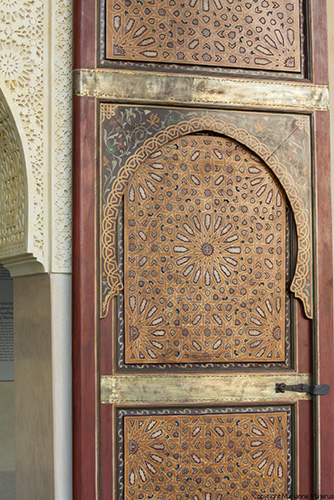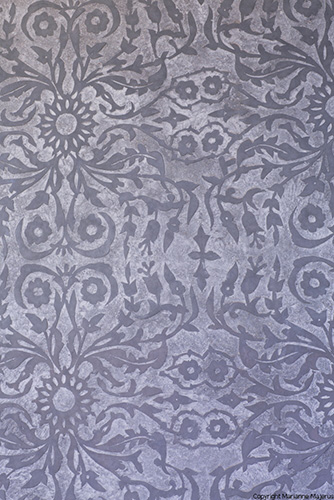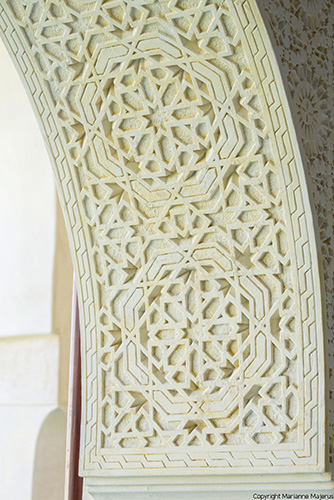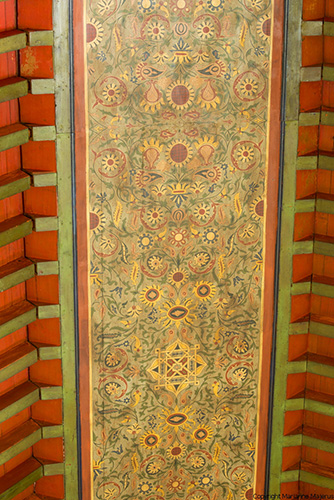Tickets sold on place. Online tickets coming soon
History
The origins of Le Jardin Secret hark back to the second half of the sixteenth century, when the Saadian Sultan Moulay ‘Abd-Allah commenced upon the urbanization of what is now the Mouassine district. However, in common with many important buildings of Marrakech, the palace, which stood on the grounds of Le Jardin Secret, was destroyed toward the end of the seventeenth century, after the decline of the Saadian dynasty. Towards the middle of the nineteenth century the kaid al-Hajj Abd-Allah U-Bihi came into possession of the land, on which, fully respecting the layout of the Saadian era complex, a new palace was built. Marrakech enjoyed a substantial development in this period, which favoured the construction of gardens and rich mansions. Shortly after, the kaid U-Bihi, who was viewed suspiciously by Sultan Muhammad IV because suspected of power intrigues, was killed with poisoned tea. The property then passed into the possession of the qadi Moulay Mustapha, a great judge who enjoyed close relations with the ruling family. In 1912, he exchanged the palace with the manor of Fez of al-Hajj Muhammad Loukrissi. The latter, the former head of the watchmakers’ guild in Marrakech, had been elected in 1908 as chamberlain of Sultan Moulay ‘Abd-al-Hafiz. When, in 1912, the Sultan was exiled, al-Hajj Muhammad Loukrissi moved into this palace, where he lived until 1934, the year of his death. The property then ceased to be maintained properly, and soon fell into a state of disrepair. The idea of restoring the building complex and opening it to public took root in 2008, and Le Jardin Secret came into being eight years later.








